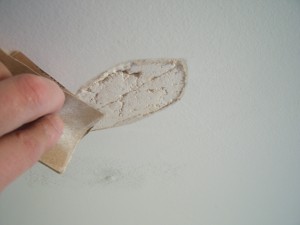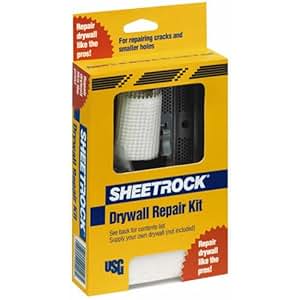These tips are about the best way to restore scars and paint chips around the home. For small holeshttps://www.lookupdesign.net like those created by a doorknobhttps://www.lookupdesign.net a patch package may be used. Simply adhere the patch to the wall and cover with drywall compound. For a knock-down finish – one where a trowel presses joint compound right down to type a texture that’s extra mottled than a flat wall – flippantly flatten the particles with a knife as the compound combination begins to dry.
Gently sand surface until easy with the wall. Picture 1: Drive a popped nail below the floor of the drywall with a hammer and a nail set. There are every kind of ways to patch doorknob-measurement holes. Screw in two wood boards behind the drywallhttps://www.lookupdesign.net one at the prime and one at the bottom of the hole. For medium holeshttps://www.lookupdesign.net use a drywall metal patch. While you peel off previous adhesive or self-sticking image hangershttps://www.lookupdesign.net you usually tear off the top layer of drywall paperhttps://www.lookupdesign.net leaving fuzzy brown paper exposed.
Set up wooden cleats towards the studs on either side of the opening to assist the new drywall’s vertical edges (picture 1). Use scrap wooden akin to 1×2 furring for smaller repairs; if you are replacing a big sheet of drywallhttps://www.lookupdesign.net reinforce the opening with 2×3 lumber. Discard the drywall and remove all exposed drywall nails or screws. However take care not to crush the drywall core.
Cowl the outlet or dent with quick-drying spackle to convey the spackle level with the drywall floor and let it dry 24 hours – or the time really helpful by the manufacturer’s directions. Use a pair of C-clamps to lock the backing board to the encompassing drywall. As for materialshttps://www.lookupdesign.net drywall compoundhttps://www.lookupdesign.net mesh tapehttps://www.lookupdesign.net paper tapehttps://www.lookupdesign.net drywall nails and screws take care of most repairs.
Let dry and sand easy. Apply joint compound to each side of the nookhttps://www.lookupdesign.net overlaying the bead patch to smooth tough edges and cover any seamshttps://www.lookupdesign.net feathering the sides. Fieldhttps://www.lookupdesign.net and the compound hardens rapidlyhttps://www.lookupdesign.net so you’ll be able to apply one other coat straight away. Place a taping knife or skinny plywood behind the tool to forestall extra injury to the wall — be particularly careful not to lever towards unsupported drywall or the device will punch a hole that can require a extra intensive restore.